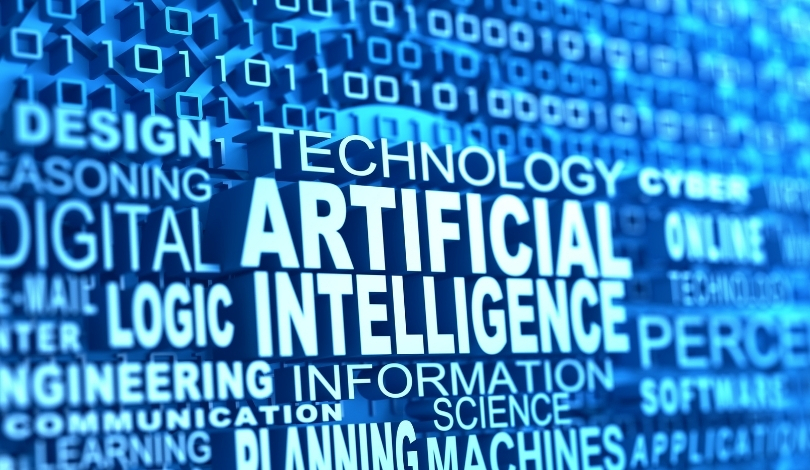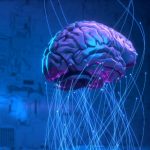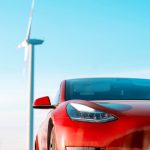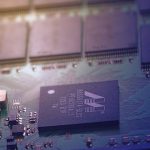IET Communications recently published an article titled “A hierarchical reinforcement learning approach for energy‐aware service function chain dynamic deployment in IoT,” shedding light on innovative methodologies addressing the rising energy consumption and carbon emissions in telecommunication networks. The rapid growth of technologies, including online gaming and on-demand video streaming, has led to increased traffic volume, thus boosting the energy demands of the telecommunications sector. The article explores a convolutional neural network-based hierarchical reinforcement learning approach designed to mitigate these challenges effectively.
Innovative Approach to Energy Consumption
The telecommunications industry’s large-scale expansion has resulted in a significant increase in energy usage and a larger carbon footprint. As the demand for reducing energy consumption and carbon emissions becomes more critical, future communication networks face the challenge of balancing rigorous performance restrictions with energy efficiency. The convolutional neural network-based hierarchical reinforcement learning approach proposed in the article aims to address this by optimizing energy consumption and reducing carbon emissions in dynamic service function chaining situations.
This method stands out by being more effective in lowering energy consumption and carbon emissions compared to other hierarchical algorithms based on traditional deep neural networks and non-hierarchical algorithms. The article emphasizes that the suggested method has been tested in three typical complex networks, each with different network parameters, to demonstrate its adaptability and suitability across various network scenarios.
Comparisons with Previous Approaches
Previous approaches have primarily focused on either hierarchical algorithms based on conventional deep neural networks or non-hierarchical algorithms. These methods, while somewhat effective, have not been as successful in achieving significant reductions in energy consumption and carbon emissions. The convolutional neural network-based hierarchical reinforcement learning approach offers a more holistic solution by integrating advanced neural network techniques with a hierarchical structure, providing improved performance in dynamic network environments.
Additionally, past research often faced limitations in adaptability across different network conditions. The suggested method’s testing across multiple network scenarios indicates its robustness and ability to handle varying network parameters. This adaptability is crucial for real-world applications where network conditions can change rapidly, necessitating a flexible and responsive approach.
The convolutional neural network-based hierarchical reinforcement learning approach presents a significant advancement in the quest for energy-efficient IoT services. By effectively lowering energy consumption and carbon emissions, this method addresses the critical need for sustainable telecommunications solutions. The positive results from testing in various network scenarios highlight its potential for widespread application. Future research could focus on further refining this approach and exploring its integration with other emerging technologies to enhance its efficiency and applicability.










